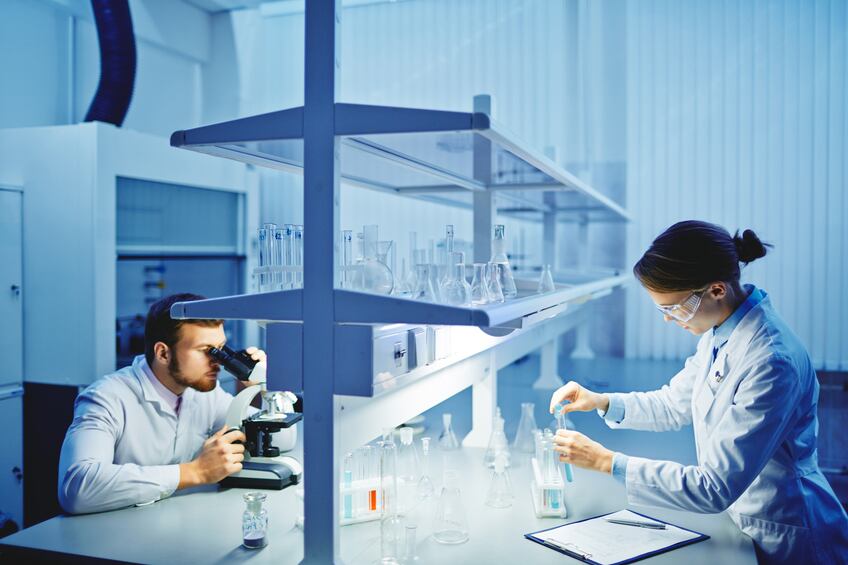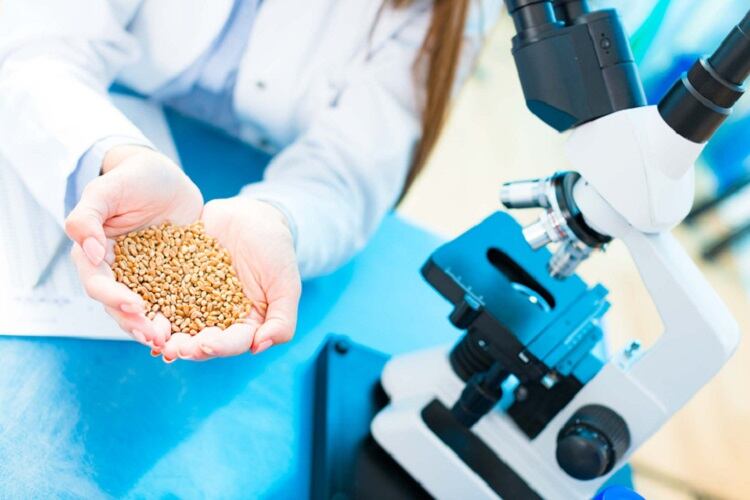Yield10 Bioscience develops new technologies to increase crop yield in support of a more sustainable food system.
Founded in 1992, the company’s focus is metabolic engineering technologies using predictive models to facilitate gene discovery. The aim is to enhance photosynthesis and improve seed and crop yield. The ultimate goal is to make major food crops more productive.
The company is working with a ‘strong pipeline’ of genetic traits and has achieved initial encouraging yield improvement results in canola, soybean, rice and corn.
According to CEO Dr Oliver Peoples, the ‘biggest gains’ to be made through CRISPR genome-editing lie in staple food and feed crops.
“CRISPR genome-editing can benefit the entire agriculture industry when applied to large acreage of staple food and feed crops such as corn, soybean, canola, rice, wheat, potato and more. Provided the regulatory processes are based on science, genome editing will also be useful in fresh produce crops and for other types of food staples, like cassava and millet, which are important in less developed countries.”
What is CRISPR and why is it needed?
CRISPR stands for Clustered Regularly Interspaced Short Palindromic Repeats, which are the hallmarks of the bacterial defence system, which forms the basis of CRISPR-Cas genome editing technology.
CRISPR can be used as an advanced plant-breeding tool. It facilitates crop breeding by making cuts at specific locations in a plant genome. Subsequent repair of the cut by the cell’s endogenous repair mechanism can introduce precise changes. Unlike GMOs, the system works with the native characteristics in the crop and does not introduce new genes. Supporters argue that this means that the biotechnology poses fewer risk factors than GMOs and the process is frequently compared to traditional crop breeding techniques.
Dr Peoples believes that CRISPR will need to be used alongside traditional breeding and GMOs to support food system sustainability. “We need traditional breeding, CRISPR and GMO technologies to ensure sustainable global food security,” he told FoodNavigator.
“In order to feed the estimated 10 billion people by 2050 using the existing land and resources we have available; the agriculture industry needs to incorporate CRISPR genome-editing to enhance crop efficiency.
“The key to improving crop genetics has been to use genetic diversity available within a plant species through breeding. By crossing two different plants we are transferring DNA or genes from one plant into the other and then screening to see if that creates a beneficial trait. CRISPR is just a new tool for creating targeted genetic diversity in a crop.”
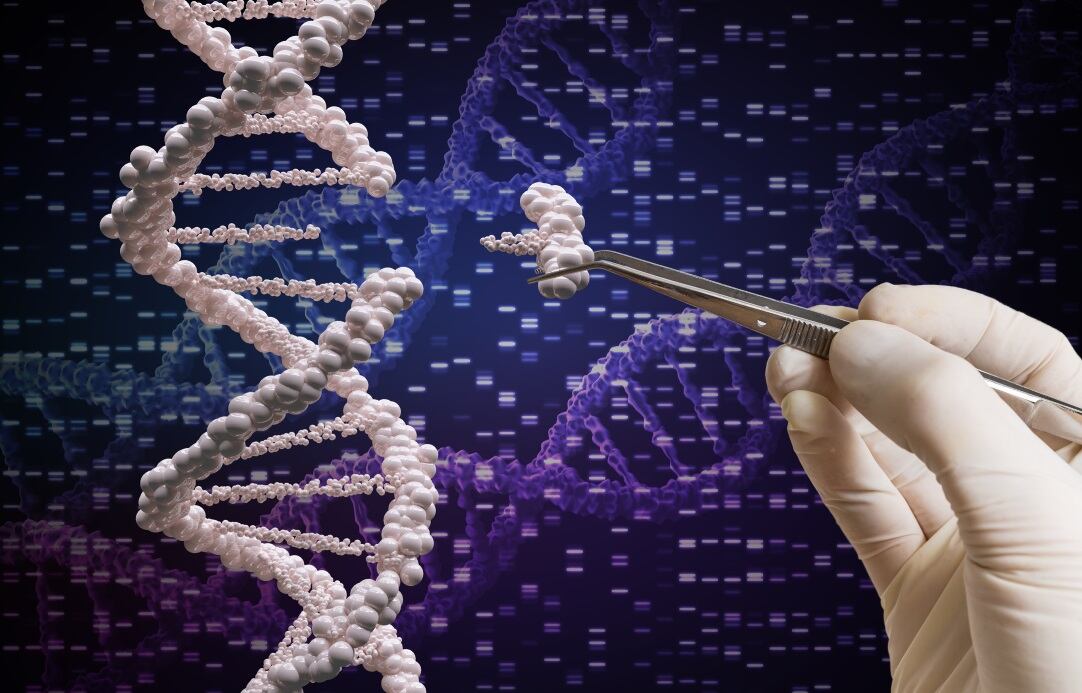
Food security in the face of climate change
Dr Peoples places these developments in the context of the changing global climate, which brings increased extreme weather events, and the growing population. These factors mean that there is a pressing need to develop new crop varieties that can withstand challenging weather and produce a greater yield on the same amount of land.
“The challenges with sustainable food production caused by climate change are due to the unpredictable and variable seasonal weather extremes that farmers are now experiencing. These include drought, flooding, heat and late or early frosts, all of which can have different impacts across even a single growing season. As the average temperature increases, farmers’ crops also face more pressure from disease and insects.
“Using CRISPR genome-edited traits can help make crops more resilient to these weather extremes and disease pressures. The types of genetic traits can be grouped into two key categories; yield traits and stress tolerance traits.
“Yield traits focus on photosynthetic efficiency of a crop during the growing season to either protect seed yield under poor growing conditions or to increase the seed yield of a crop, the latter being crucially important to meet the needs of the growing global population.
“Stress tolerance traits help increase a crops resiliency such that yields are not reduced by environmental stressors often associated with climate change such as heat, cold, drought and flooding. Each of these types of traits have a common goal and that is to protect food production so incorporating both, not just one or the other, will be key to overcoming challenging growing seasons stemming from climate change and meeting food security demands.”
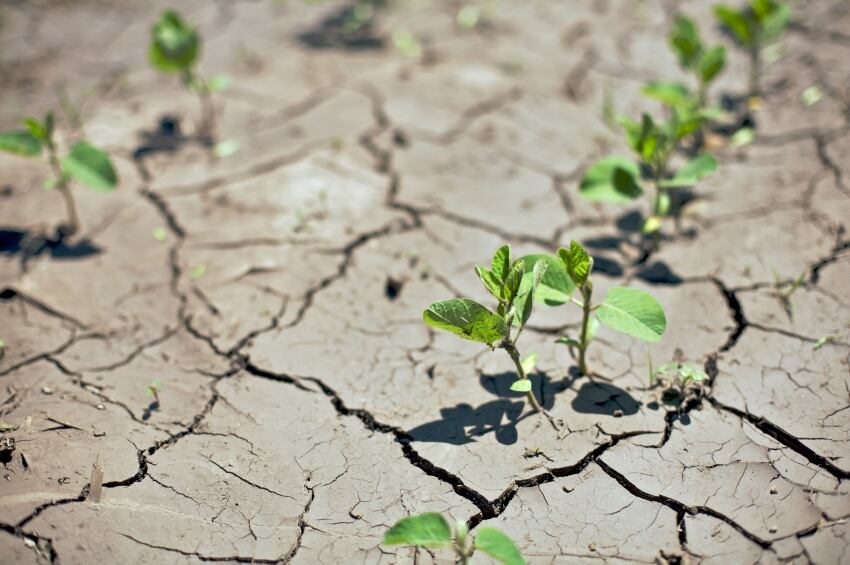
The need for speed
Traditional plant breeding techniques have been used for thousands of years in crop cultivation. Gene editing offers two key advantages: speed and precision.
“Plant breeding for new or improved traits like drought tolerance requires access to new genetic diversity in the form of different DNA sequences. Breeders have used many techniques to create that genetic diversity including radiation and chemical mutagenesis in their breeding programs.
“CRISPR genome-editing is a precise plant breeding technique and accelerates the trait development process by activating and suppressing very specific genes in the plant DNA in a highly precise and targeted way. This means it’s a faster, more efficient approach to create crops with ideal traits such as increased yield and resilience.”
Dr Peoples argued that CRISPR – and indeed genetic engineering – are ‘more precise’ and even ‘safer’ than some traditional plant breeding methods, such as radiation mutagenesis.
European regulation ‘economically and politically motivated’
GMOs have been poorly received by European regulators and – significantly – consumers. Unlike CRISPR, genetic modification works by introducing new DNA to plants.
Dr Peoples believes that GMOs are an important piece of the toolbox for delivering food security and, again, he compares the techniques used to more orthodox agricultural methods. “Take for example the use of pest resistance genes from bacteria, which were introduced into crops to make them insect resistant. This is basically the equivalent to vaccinating the plant, so it has immunity to the pest. The same genes and resistance proteins are used extensively in organic farming by spraying them onto the plants. GMO is simply a more efficient process for accomplishing the same goal which is to protect the crop from insects.”
Nevertheless, European regulators take a relatively tough stance on controlling GMOs, the definition of which includes CRISPR techniques.
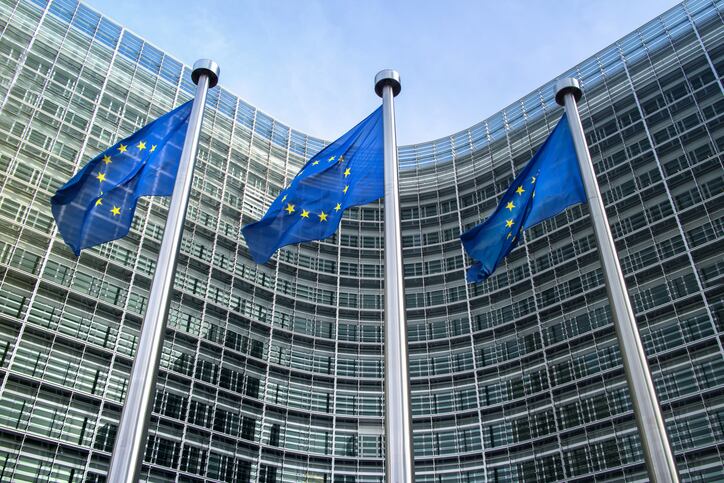
Dr Peoples said he believes this stance to be ‘politically and economically driven’ rather than ‘based on the scientific facts’. “First, there is not a single crop grown in the EU that has not been developed using some form of genetic engineering. Crossing different varieties of plant is, after all, the basis of plant breeding and the purpose is to take DNA from one variety and introduce it into the other using sexual crossing.
“The anti-GMO stance of the EU is driven primarily by misinformation to the public from NGOs and market protectionism to sustain the EUs common agricultural policy. The EU imports large quantities of GMO soybean meal from both North and South America for animal feed, so where they have a need, they adapt and follow the science.”
He also took aim at Europe’s controversial decision to lump CRISPR gene editing into its definition of GMOs. “I don’t believe there’s a clear misunderstanding of what CRISPR genome-editing is and how it differs from genetic modification. The EU regulatory bodies have been educated about these differences. In fact, the EU regulatory body initially took the position that CRISPR genome editing is different from genetic modification before pressures from anti-GMO groups drove a 2019 EU court ruling blocking this position.”
Can CRISPR avoid the GMO backlash?
Dr Peoples suggested that little can be done to win over these anti-GMO lobbyists. “I doubt that it matters to these groups which form of genetic engineering is used. Their business model centers around a firm anti-genetic engineering or GMO stance, so the scientific facts don’t matter as much as staying on message.”
However, he said that the public mood towards gene editing appears to be shifting: “Thanks to new advancements and education around this technology, more everyday consumers are embracing CRISPR genome editing. Since this technique uses a plant’s existing DNA, it feels closer to the traditional breeding techniques, appears safer and doesn’t warrant the same backlash as GM.”
In order to support this shift, the scientific community is ‘pushing back against the anti-GMO rhetoric’ to spotlight the economic, health, social and environmental benefits of CRISPR genome-editing.
In the EU, EASAC, the voice of independent science advice, has called for radical reform of EU legislation around GMOs noting that current regulations are ‘no longer fit for purpose’.
Efforts to communicate and educate are vital to gaining support, Dr Peoples suggested. “Progress has been made but in order to create a substantial impact, the scientific community needs to continue working with various governments and regulatory bodies to educate consumers and legislators about the benefits these breeding techniques can offer.”
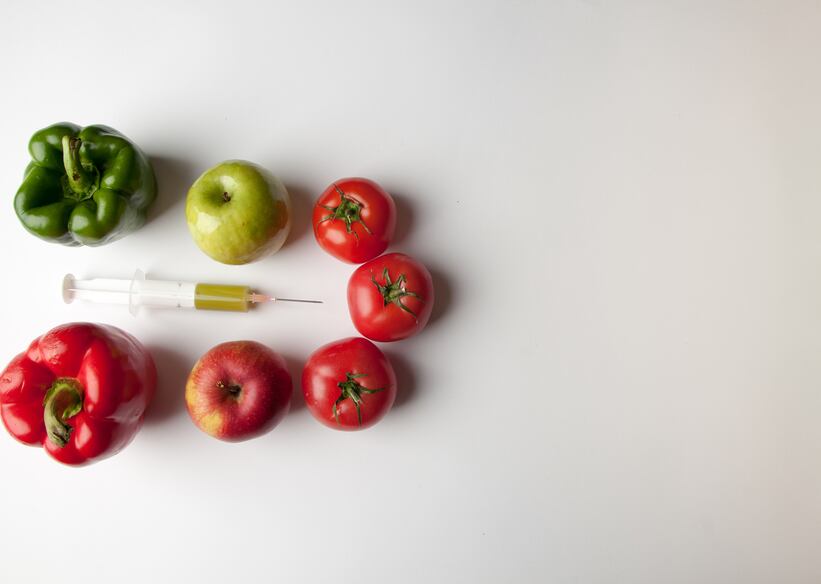
COVID-19 and climate change accelerating acceptance
Dr Peoples also suggested that attitudes towards the use of science in food are being shaped by external events. Necessity, it would seem, not only proves the mother of invention but also of acceptance.
“Minimizing the effects of climate change and creating a healthier, more sustainable lifestyle are two key factors weighing heavily on genetically engineered crop acceptance. For example, the plant-based meat trend has been advertised as a healthier, more environmentally friendly alternative to traditional meat, and some of these plant-based substitutes have been developed using GMO products.
“For millennials, climate change and sustainability are their key decision drivers and they are more open to technology in general. Many are not vested in the anti-GMO falsehoods which sustained the entire careers of anti GMO activists before evolving into a negative marketing tool. We’re living in a time where consumer decisions are driven by their social, economic, environmental and health interests.”
The current coronavirus crisis – the first global pandemic since the 1918 Spanish flu – has led to people feeling ‘threatened physically and economically by the COVID-19 virus’. This, too, is making people more open to science-based solutions.
“Now more than ever we are looking to science for solutions and the specific scientific method or tool for creating that solution simply does not matter. The third-generation vaccine developed by the Canadian Government and Merck for Ebola is a great example of the power of genetic engineering tools and the benefits to humanity of a GMO product. Work is underway at the University of Oxford in the UK and probably elsewhere to develop a COVID-19 vaccine using a similar approach.”
However, Dr Peoples added, there are limits: “For the first time in many decades the availability of food is once more a question. The availability of an effective vaccine will not change the minds of many anti-vaxers just like the use of new genetic engineering tools won’t change the minds of anti-GMO activists.”



